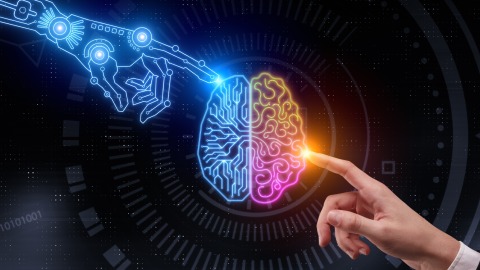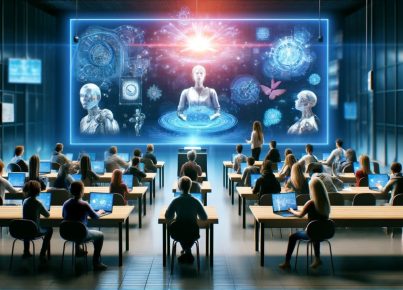By 2025, the integration of Social-Emotional Learning (SEL) into mainstream curricula has become a critical teaching intervention trend. Recognizing that emotional intelligence is just as crucial as academic knowledge for long-term success, schools are placing increased emphasis on developing students’ self-awareness, self-management, social awareness, relationship skills, and responsible decision-making abilities.
This trend sees SEL woven into every aspect of the school day, rather than being treated as a separate subject. Math lessons might include exercises on perseverance and growth mindset. Literature classes could focus on character analysis to build empathy and social awareness. Science experiments might incorporate teamwork and communication skills.
One innovative approach gaining traction is the use of AI-powered emotion recognition tools. These systems can analyze facial expressions, tone of voice, and language use to help students become more aware of their own emotions and those of others. Teachers use this data to guide discussions on emotional regulation and interpersonal dynamics.
Virtual Reality (VR) and Augmented Reality (AR) are also being leveraged for SEL. Students can practice difficult social situations in safe, virtual environments, receiving real-time feedback on their interactions. This is particularly beneficial for students with social anxiety or those on the autism spectrum.
Mindfulness and stress-management techniques have become regular features in classrooms. Short meditation sessions, breathing exercises, or yoga breaks are incorporated throughout the day to help students manage stress and improve focus.
Teachers are receiving extensive training in SEL principles and trauma-informed teaching practices. This enables them to create more supportive classroom environments and provide targeted interventions for students struggling with emotional or behavioral issues.
The assessment of social-emotional skills has also evolved. Schools are moving away from traditional behavior charts towards more nuanced evaluations that track progress in specific SEL competencies. This data is used to tailor interventions and support for individual students.
As this trend continues to grow, we’re seeing increased collaboration between schools, mental health professionals, and families to create comprehensive SEL support systems that extend beyond the classroom.





